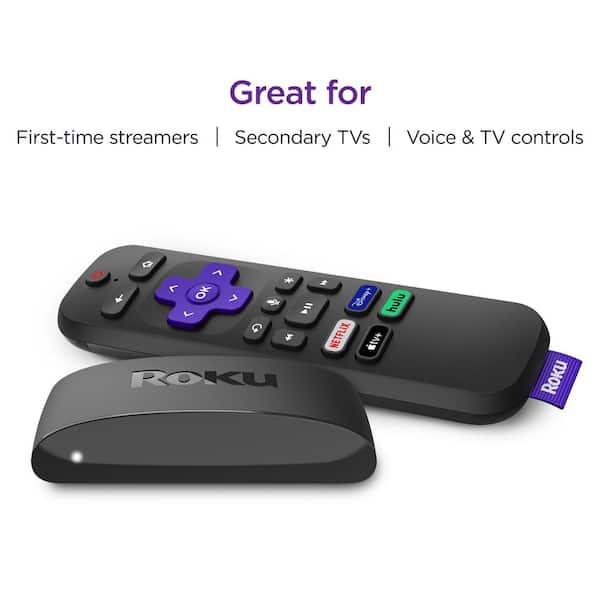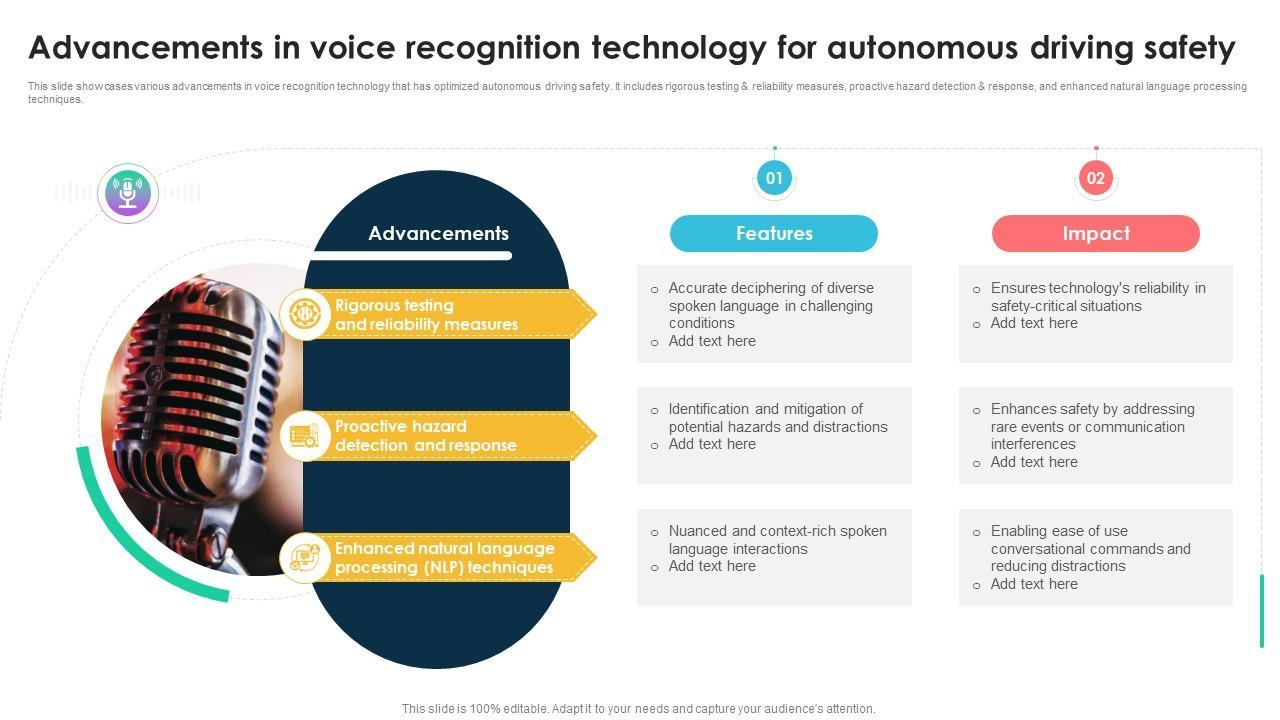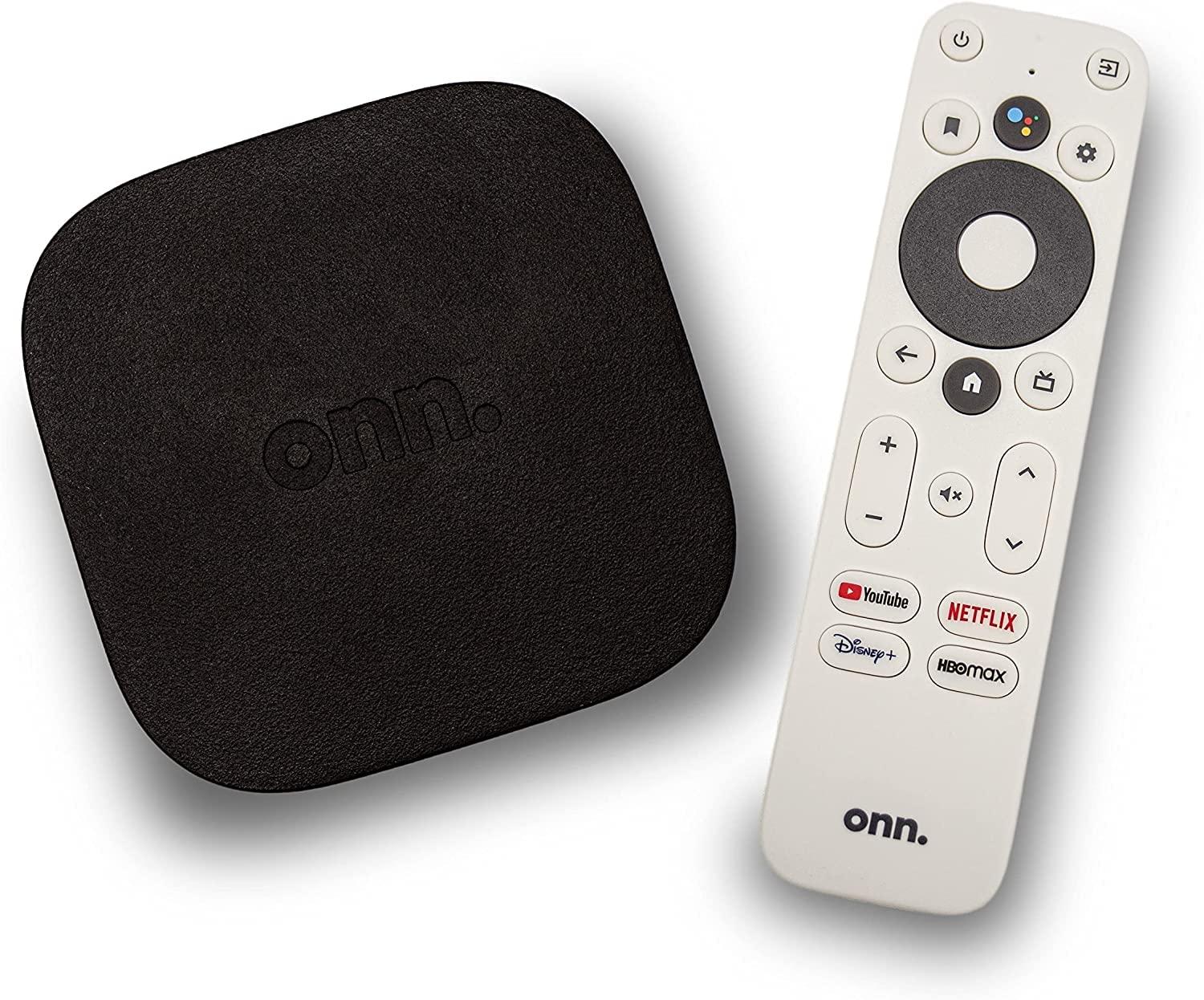In recent years, the integration of voice control in streaming devices has been heralded as a significant technological advancement, promising enhanced convenience and accessibility for users. As voice-activated commands become increasingly prevalent, questions arise about their actual utility versus their novelty appeal. This article delves into the practical benefits and potential drawbacks of voice control features in streaming devices, examining whether they genuinely enhance the user experience or simply serve as a modern gimmick. By analyzing user feedback, technological capabilities, and market trends, we aim to provide a balanced perspective on the true value of voice control in the realm of digital entertainment.
Evaluating the Practicality of Voice Control on Streaming Devices
When it comes to the integration of voice control in streaming devices, several factors determine its practicality. Ease of use is a primary consideration. For users who are less tech-savvy or have accessibility needs, voice commands can simplify the navigation process. Instead of scrolling through endless menus, a simple verbal request can play a movie or launch an app. This convenience can significantly enhance the user experience, especially in situations where manual control is cumbersome.
However, the effectiveness of voice control hinges on its accuracy and responsiveness. Users often report mixed experiences with voice recognition, particularly with diverse accents or in noisy environments. Additionally, there is the question of privacy concerns, as these devices are always listening for their wake word, potentially capturing unintended audio. Here are a few considerations when evaluating its usefulness:
- Context of Use: Is the environment conducive to voice commands?
- User Demographics: Does it cater to all users effectively?
- Technology Maturity: How advanced is the voice recognition software?

User Experience: Convenience Versus Complexity
When evaluating voice control on streaming devices, the balance between convenience and complexity becomes a focal point. On one hand, voice commands can streamline user interaction, allowing for hands-free operation and quick access to content. The ability to say “Play the latest episode of my favorite show” without lifting a finger is undeniably appealing, especially in situations where manual control is cumbersome.
- Ease of Use: Ideal for users who are less tech-savvy or have accessibility needs.
- Speed: Reduces time spent navigating menus.
However, this convenience can sometimes be overshadowed by the complexity of imperfect voice recognition systems. Users often find themselves repeating commands or dealing with misunderstood requests, which can lead to frustration. Furthermore, the necessity of learning specific command phrases can deter users who prefer a more intuitive interaction. While voice control holds potential, its effectiveness is largely dependent on the accuracy and adaptability of the technology.
- Misinterpretation: Commands may not always be accurately recognized.
- Learning Curve: Users must adapt to predefined command structures.

Technological Limitations and Advancements in Voice Control
Voice control technology has come a long way, yet it still faces certain limitations. Accuracy remains a primary concern, as background noise or strong accents can lead to misinterpretations. Latency is another issue; users often experience delays between command and action. Additionally, there are privacy concerns, with users wary of devices constantly listening.
Despite these challenges, there have been significant advancements. Natural language processing has improved, making interactions more intuitive. Machine learning algorithms continuously refine voice recognition capabilities, adapting to individual speech patterns. Furthermore, the integration of AI assistants has enhanced functionality, allowing for complex commands and smart home connectivity. These innovations suggest that while voice control is not yet perfect, its potential is far from a mere novelty.

Recommendations for Optimizing Voice Control Features
To make the most of voice control features on streaming devices, consider these practical strategies. First, ensure your device is positioned in a way that allows clear voice recognition. Obstructions or distance can affect accuracy. Next, customize voice settings to suit your environment. Many devices offer sensitivity adjustments and language preferences, which can significantly enhance user experience.
- Update Regularly: Keep your device’s software up-to-date to access the latest voice control improvements.
- Use Clear Commands: Formulate concise and direct commands for better response accuracy.
- Explore Integrations: Check for compatibility with other smart home devices to streamline your voice-controlled ecosystem.
- Test and Learn: Regularly test new voice features and learn any updates in command syntax.
By implementing these recommendations, users can transform voice control from a mere novelty into a genuinely useful tool, enhancing the overall streaming experience.



